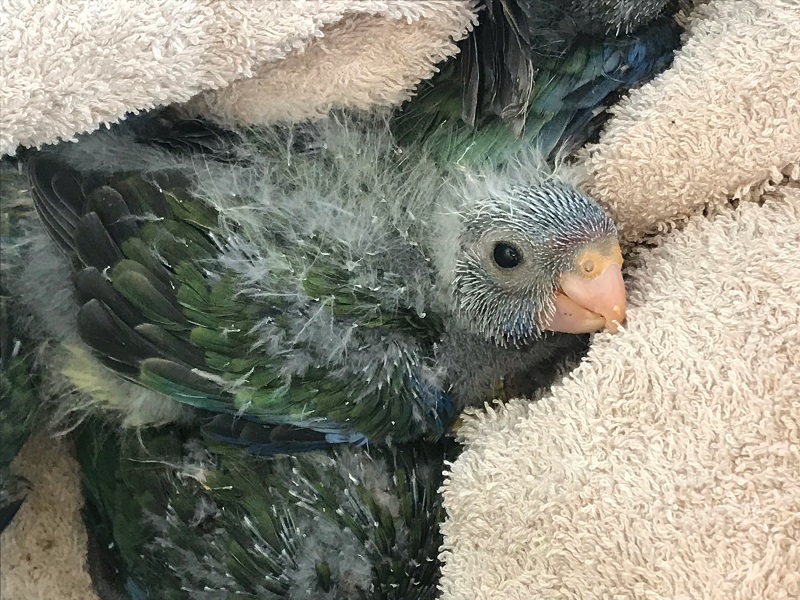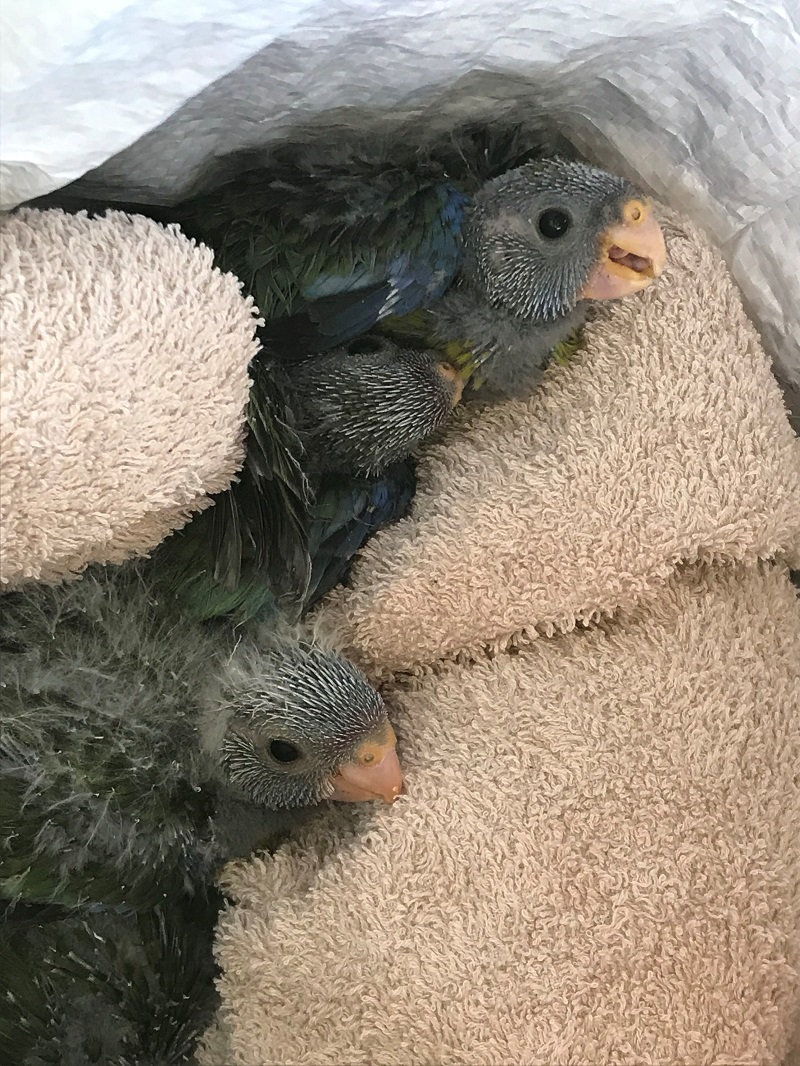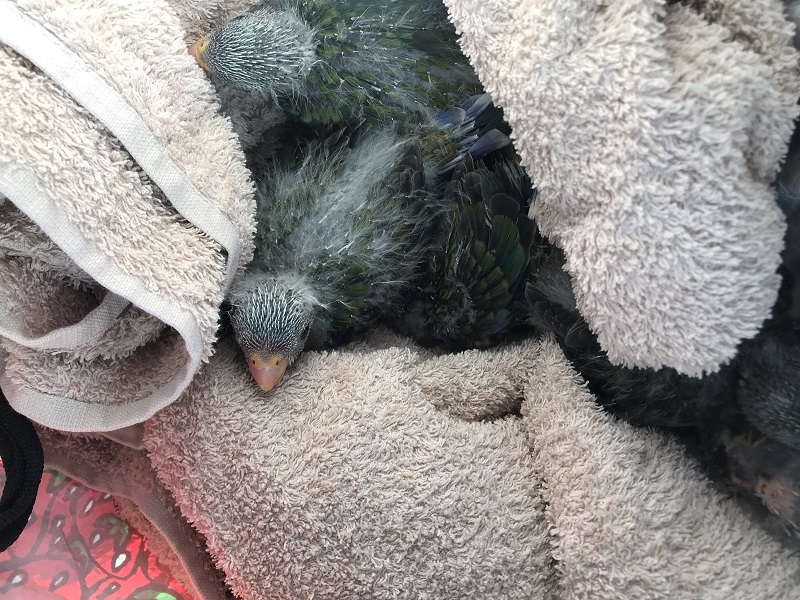We all care about our wildlife, so when we see a seemingly lonely and helpless baby bird, our instincts tell us to step in and help. However, quite often our “help” does more harm than good.
If you ever find what appears to be an abandoned baby bird, here’s how you should approach the situation.

Good intention, unfortunate outcome
All alone and utterly helpless in a dangerous world – that is often the impression people get when they see a baby bird on the ground. At RSPCA South Australia, we receive hundreds of calls a year about abandoned baby birds.
Or, to be more exact, what the caller thinks is abandoned birds.
At our Lonsdale Shelter, Justin Biddle from Animal Operations recently encountered one of these unfortunate cases.
“Some Rainbow Lorikeets had been squawking for three days, and to save them a man removed the nest and contacted us, ” Justin tells us.
“But unfortunately, he didn’t save them. He actually just removed them from their parents, resulting in the birds having to live in captivity for the rest of their lives as they now cannot be returned to the wild.
“Even the best carer cannot teach birds the things they were supposed to learn from their parents.”
When it comes to seemingly abandoned baby birds, Justin reminds us of the following:
“The removal of young birds from nests is almost never acceptable unless you have witnessed the parents perish, or if the birds are in immediate danger.”
So how do we know if a baby bird genuinely needs help? Is it ever okay to interfere?

Here’s how to tell when a baby bird is in danger
If you spot a baby bird on the ground, the first question to ask yourself is if their parents are around. If so, then leave the bird where they are and keep any companion animals away.
However, if the bird’s parents are not around, you need to run through a few more things before interfering.
Falling out of the nest is common for birds learning how to fly, and a good way to tell if a baby bird on the ground needs help is by checking their feathers.
Birds with either no feathers or merely with fluffy down are nestlings that require immediate help. Nestlings need to be in their nest at all times, since they cannot keep themselves warm.
If you are unable to safely place a nestling back into their nest, this is where you should take the bird to a vet or call RSPCA on 1300 477 722 and press option 1.

If the bird has their flight feathers, then it is a fledgling. Before rescuing a fledgling, ask yourself the following about the bird:
- Are they making a noise?
- Are they bright and responsive?
- Can they perch on your finger?
- Can they spread their wings evenly and flutter to the ground when encouraged to fly?
If the answer to all of these questions is ‘yes’, then the baby bird should be able to be reunited with its parents and should be left alone.
But – if you’re unable to locate their nest, you can also place the baby bird in a bucket with a few drainage holes to protect them from predators in the interim.








